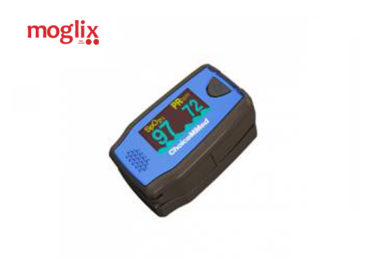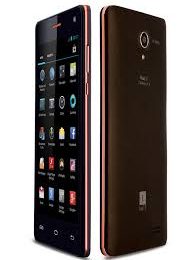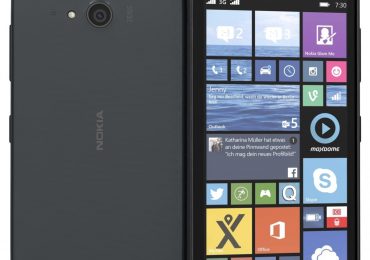There are many different types of pulse oximeters on the market. The best way to explain how to choose the right oximeter device is to break the entire market down for you. Essentially, there are three categories of oximeter devices. One category is what we call the adult finger pulse oximeter category. These devices are specially made for individuals who are of adult age and size. The reason why the size comes into play has to mainly do with the way that the device works. Essentially, the device is made to measure pulse rate as well as blood oxygen saturation which is also referred to as SpO2. The individual simply places their finger inside the oximeter and within seconds a reading instantly appears of the individual’s pulse rate as well as SpO2.
Because you have to place your finger inside the device in order for it to get a reading, the size of your finger is very important in that if your finger is too small for the device then there won’t be an accurate reading. So, the first category and way to break down the market are with the adult models.
The next category is the pediatric models. This again goes back to size because it is the size of the finger that determines how accurate the device will be. It is obvious that children have very small fingers and as such, they will not be able to use an adult oximeter since the adult oximeters will be too large and the small child’s finger will not have a snug fit inside the device.
READ: Things to Keep in Mind while Using a Pulse Oximeter
The snug fit is very important to get the most accurate readings. The pediatric models are intended for children who need the device to monitor their pulse rate as well as blood oxygen saturation (SpO2). It could be a situation where the child may be suffering from asthma and as such, it is necessary for him to monitor his oxygen levels wherever the child goes.
In addition to the pediatric models, there also exist neonatal varieties. These are specifically for those new-born babies that need vital sign monitoring. The last category that exists is the handheld pulse oximeter category. These devices have the same amount of portability as the other varieties of devices, but they also provide much more advanced functions. One advanced function is that the device provides data storage capabilities that can store patient data up to 72 hours straight.
This is very significant because let’s say that you were suffering from sleep apnea. Well, it is very important in sleep apnea to monitor your oxygen levels and pulse rate throughout the entire cycle of your sleep which begins when you go to sleep and ends when you wake up.
By using a handheld, you can continuously record your vital sign information directly onto the device and later extract the data onto your computer for analysis.
Top 5 Pulse Oximeter Recommendations
• SantaMedical Generation 2 OLED Finger Pulse Oximeter
• Zacurate Pro Series 500D Deluxe Fingertip Pulse Oximeter
• AccuMed® CMS-50DL Pulse Oximeter
• Concord Fingertip Pulse Oximeter
• Concord Pulse Oximeter






